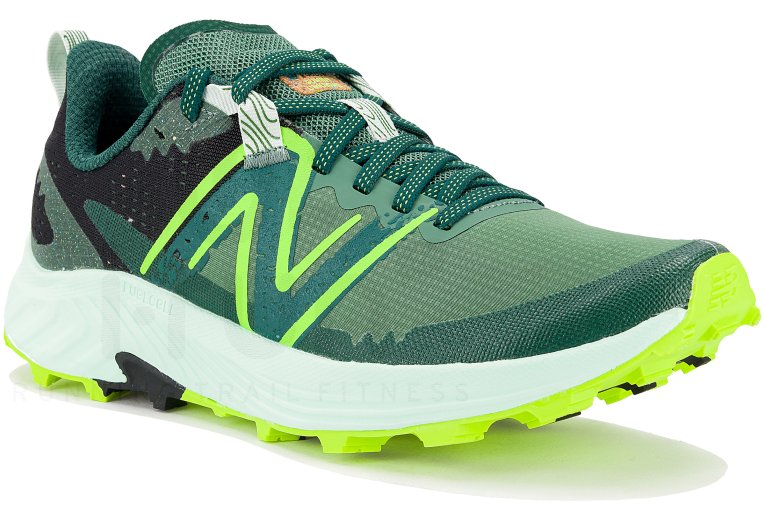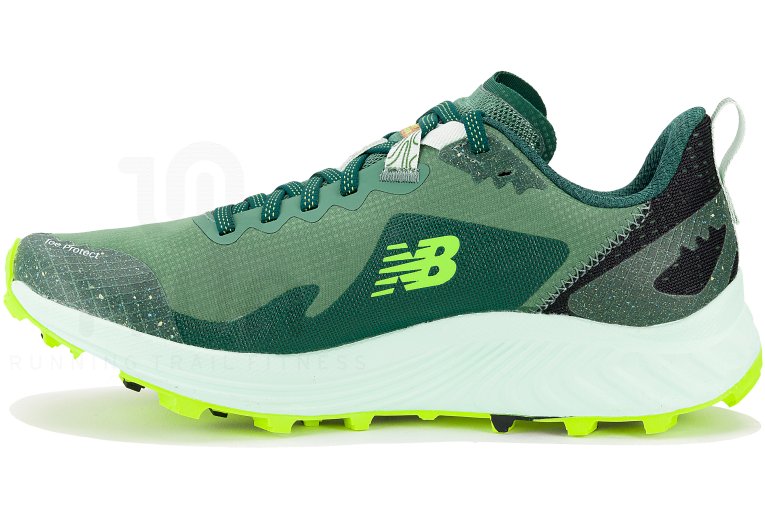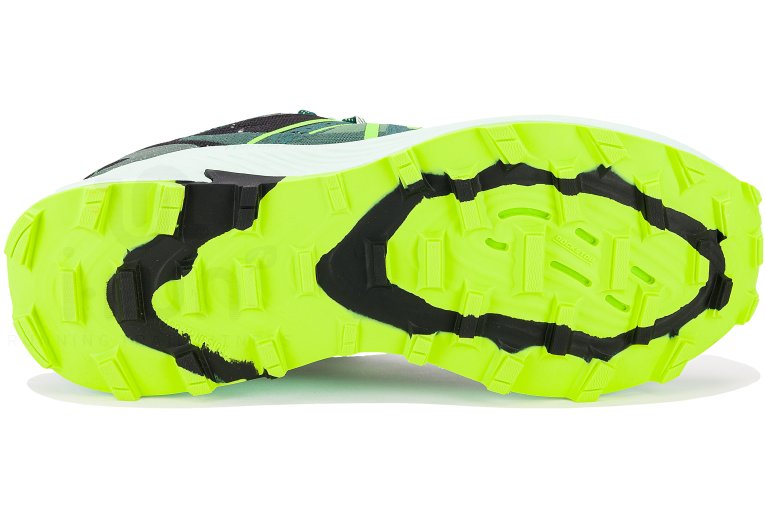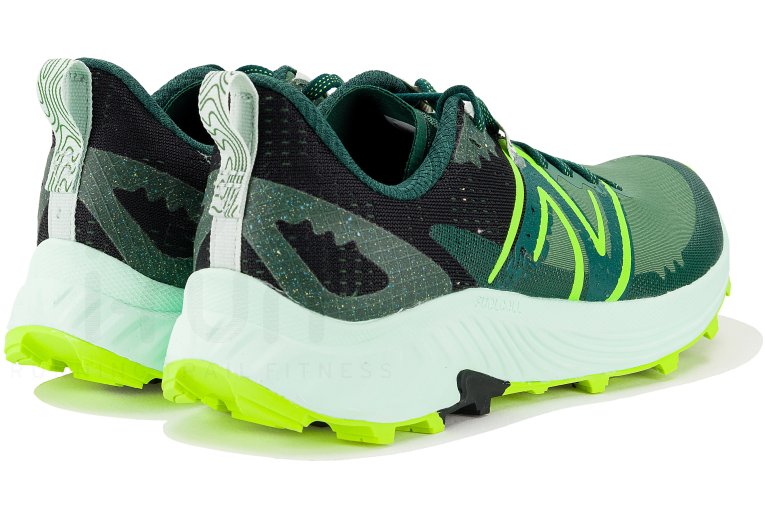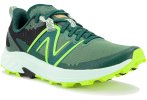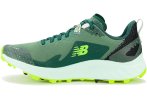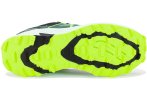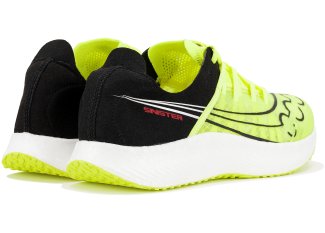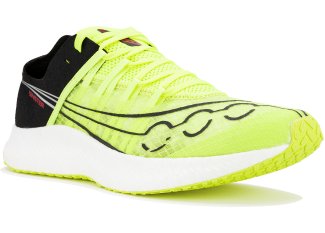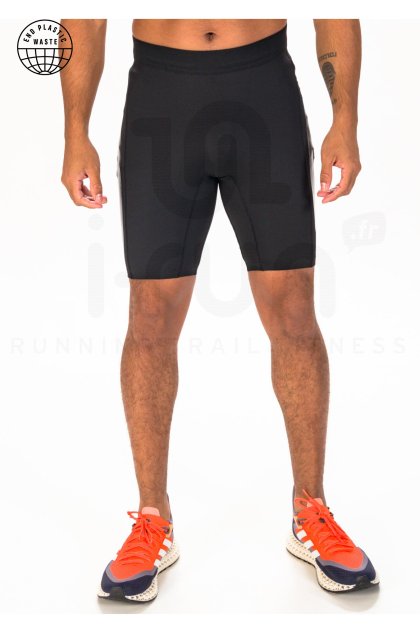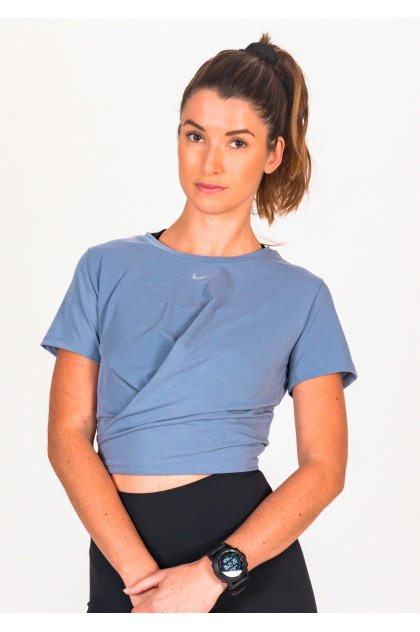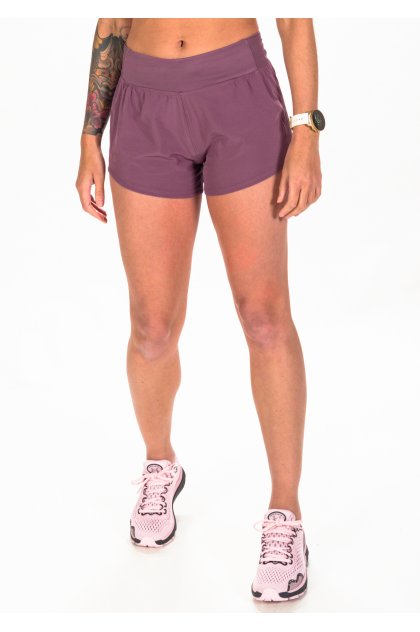The i-Run team says
The New Balance Summit Unknown V3 shoe for women allows you to excel during your trail sessions with confidence. It's ideal for regular runners used to short and middle distances.
Featuring FuelCell cushioning, the midsole absorbs shock and gives you dynamic energy rebound.
The mesh upper provides breathability suited to your intensity and unbeatable support. The Toe Protect protects your toes from trail debris and the heel cup stabilises your stride.
The HydroHesion outsole provides improved grip on wet surfaces. The cleats make it easy to grip and the Rock Stop plate is perfect for difficult terrain.
Key features of the New Balance Summit Unknown V3 shoe
- Ideal for regular and expert runners over short and medium distances
- FuelCell throughout the midsole: cushioning and energy rebound
- Seamless mesh upper: breathability, reduced friction and foot support
- Toe Protect: toe protection
- Heel cup: stability
- HydroHesion outsole and cleats: grip and adhesion on wet ground
- Rock Stop plate: protection for the soles of the feet
- Removable insole
- Green Leaf Label: product designed with eco-friendly materials
- Width B: standard
- Heel to toe drop: 10 mm
- Weight recorded at i-Run: 257 g in size 40
- Colours: jade green, lime green, fir green, black, pastel green and light grey
Technologies
-
Toe Protect
Protection system placed at the front of the foot to prevent impacts against stones or rocks.
-
Rock Stop
TPU plate located on the forefoot to protect the sole of the foot from impacts against rocks or other roots.
-
HydroHesion
An advanced composite rubber specifically designed to provide grip in aquatic environments.
-
FuelCell
The FuelCell midsole is characterized by nitrogen-infused foam for a powerful boost with every step you take.
-
Green Leaf
The Green Leaf standard unique to New Balance highlights the presence of environmentally friendly materials. For textiles that meet this standard, 50% or more of the materials used must be part of an eco-responsible approach. This means they can come from recycled fibers or, as with cotton, from sustainable farming methods (such as the Better Cotton Initiative, for example).

